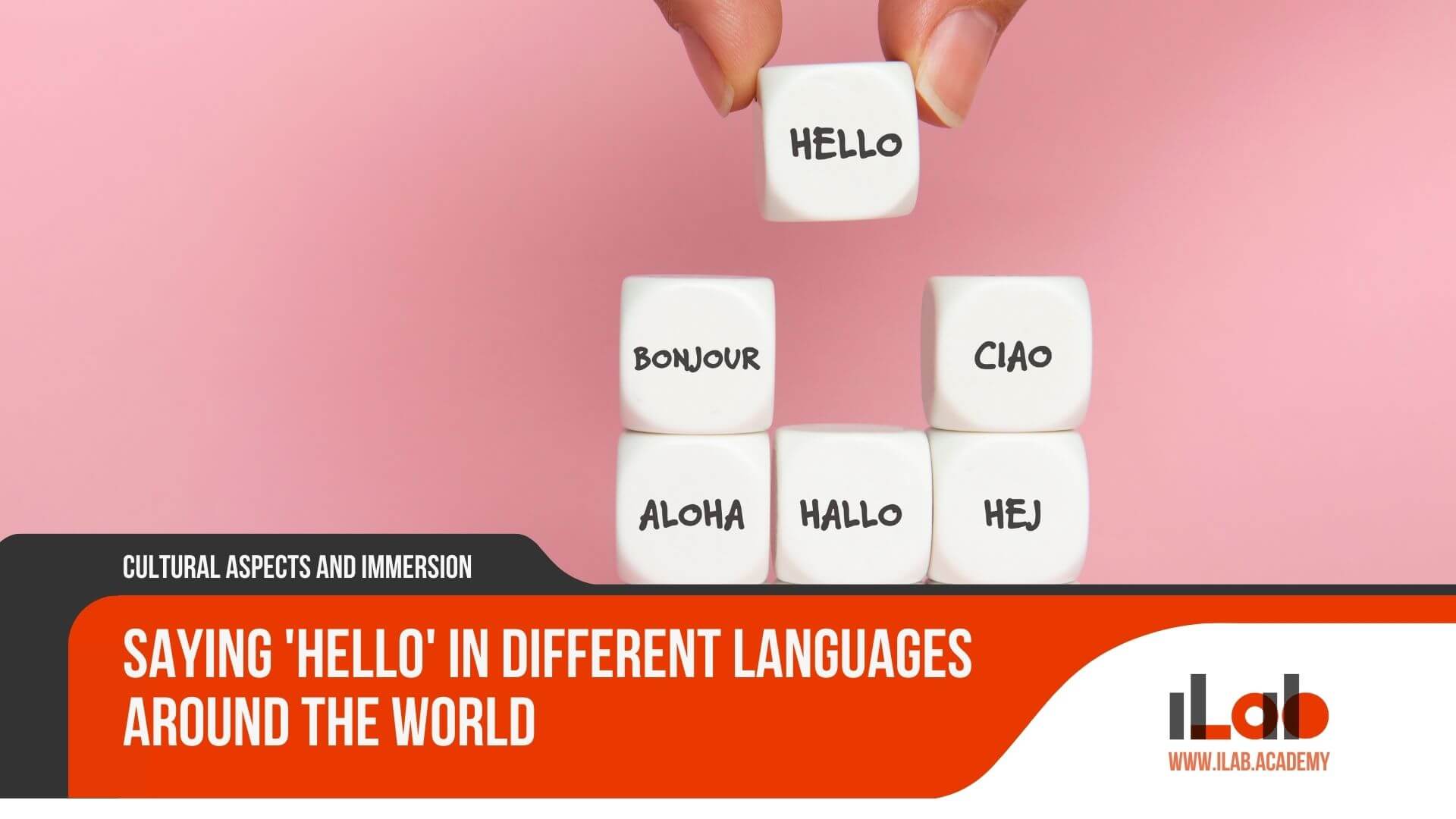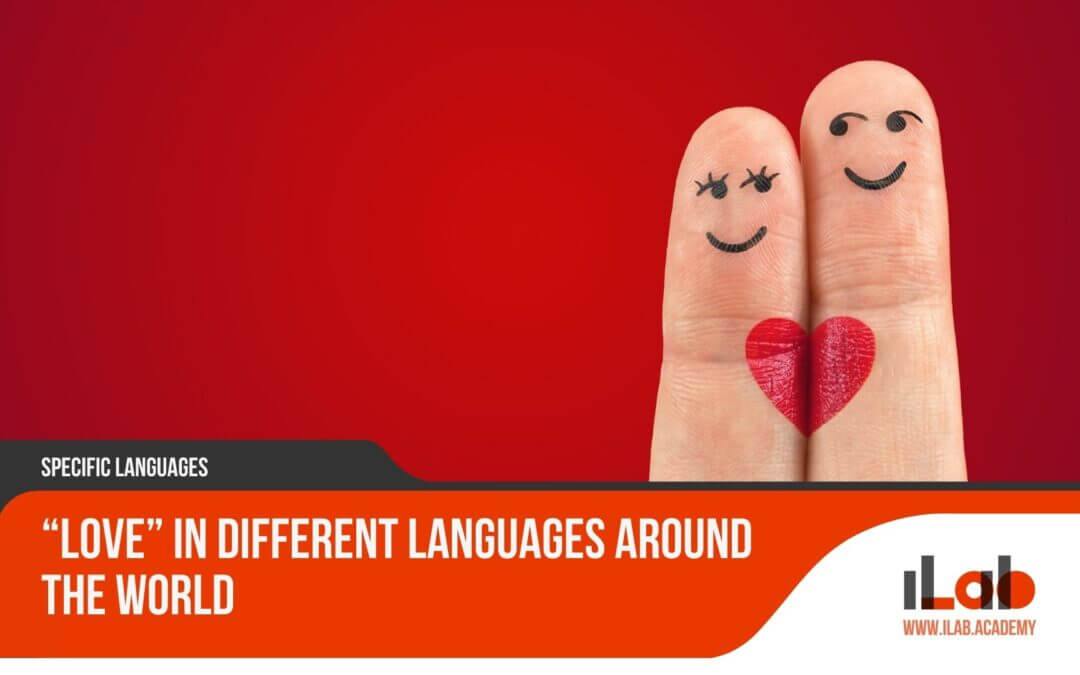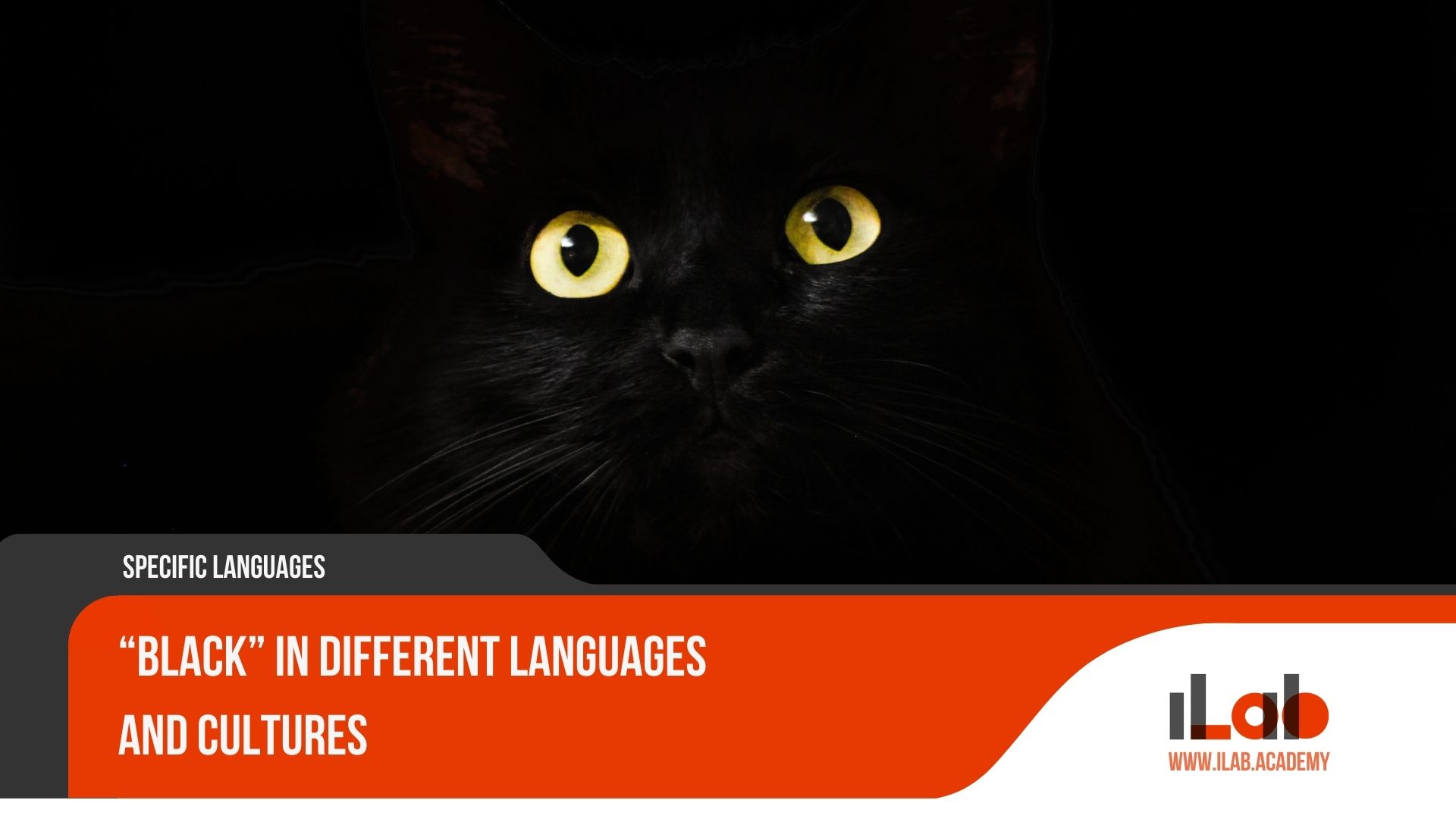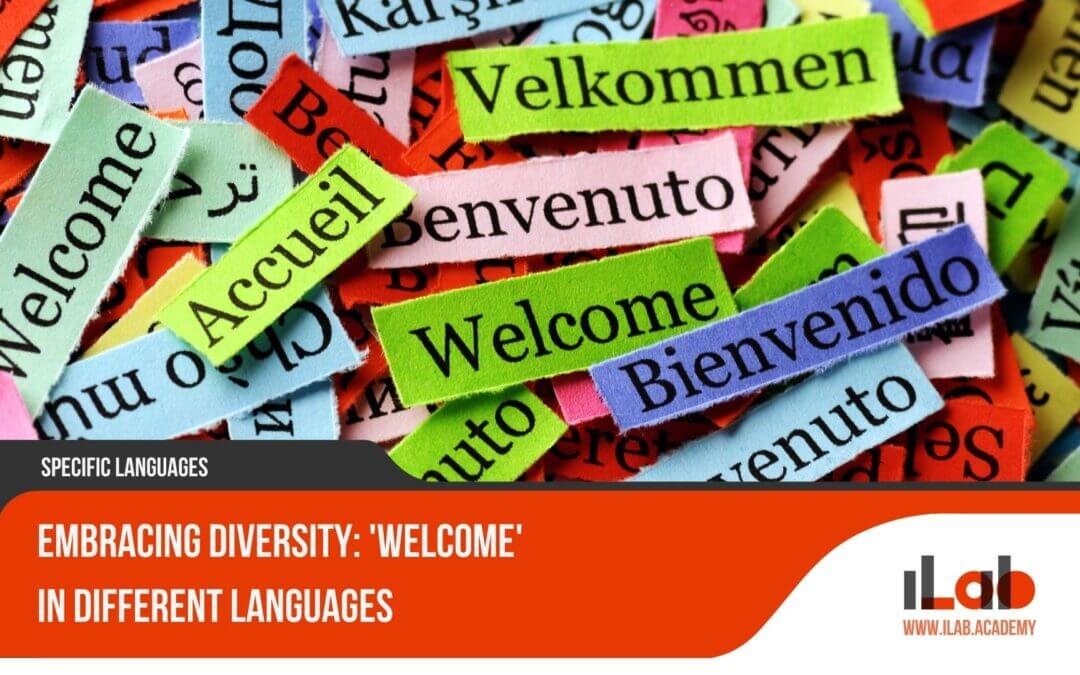Table of contents
In an era characterized by globalization and digital communication, the significance of the traditional greeting—spanning across various cultures and languages—has never been more profound. ‘The Universal Greeting: Saying “Hello” in Different Languages Around the World’ provides an intriguing examination of how these simple acts of acknowledgment serve as foundational elements in building relationships and fostering understanding among diverse populations. From the melodic intonations of Romance languages to the nuanced salutations found within indigenous tribes, this exploration offers a unique lens through which to view the complex tapestry of human interaction. As we navigate the complexities of verbal and non-verbal greetings, including the evolution of digital expressions of recognition, we begin to unravel the intricate ways in which these initial exchanges not only reflect cultural norms but also the inherent human desire for connection and respect. The journey through various linguistic landscapes and greeting etiquettes promises to enlighten one on the subtle yet impactful ways we open doors to cross-cultural dialogue and mutual respect. What unfolds is not just an academic discourse but a global conversation on the unifying power of a simple ‘hello.’
Key Takeaways
- Greetings play a significant role in human interaction and cultural exchange, serving as a starting point for cross-cultural relationships.
- Romance languages, such as Spanish, French, Italian, Portuguese, and Romanian, share similarities in how they say ‘hello’ due to their common Latin ancestry.
- Germanic languages, including German, Dutch, Swedish, Danish, and Norwegian, have variations of ‘hello’ with distinct etymology and cultural context.
- Slavic languages, such as Russian, Polish, Czech, Ukrainian, and Bulgarian, demonstrate a diverse range of greetings, including formal and informal variations.
The Significance of Greetings in Cultural Exchange
At the heart of every human interaction, the act of greeting one another plays a pivotal role in bridging cultural divides and fostering mutual understanding. This simple yet profound gesture, varying from a handshake to a bow, encapsulates the essence of human connectivity and respect for cultural nuances. Greetings serve as the initial step towards establishing a rapport and are foundational in the realm of cultural exchange. They are not merely about acknowledging the other’s presence but also about showing openness and respect towards the diversity of traditions and customs that shape our global society.
Understanding the importance of greetings transcends the actual words spoken. It involves recognizing the intent behind the gesture – an intent that is deeply rooted in the desire to connect and engage with others on a respectful and meaningful level. In the context of cross-cultural interactions, this understanding paves the way for more profound relationships, fostering a sense of global community and solidarity. It is the acknowledgment that, despite our diverse backgrounds, there is a universal human experience that connects us all.
Moreover, the act of greeting is not static; it evolves with time and context, reflecting the dynamic nature of human societies. As we navigate through an increasingly globalized world, the significance of greetings in cultural exchange becomes even more pronounced, reminding us of the importance of embracing diversity and striving for mutual respect. In essence, the simple act of saying ‘hello’ embodies a powerful message of unity and acceptance, crucial for fostering global understanding and cooperation.
‘Hello’ in Romance Languages
Delving into the heart of Romance languages, we explore the common greetings in Spanish, French, Italian, Portuguese, and Romanian, uncovering the linguistic threads woven from their shared Latin heritage. These languages, born from the evolution of Vulgar Latin spoken by the Roman Empire’s soldiers, settlers, and merchants, have traversed centuries, each taking its unique path while preserving the essence of their mutual origin.
In Spanish, the word “Hola” serves as a universal greeting, embodying warmth and openness. French, with its nuanced elegance, offers “Bonjour” as a greeting that carries the light of the morning and the politeness intrinsic to French culture. Italian, known for its musicality and expressiveness, uses “Ciao” to say both hello and goodbye, reflecting the language’s versatility and the Italians’ zest for life. “Olá” in Portuguese shares its simplicity and directness with Spanish, reflecting the pragmatic and inviting nature of Portuguese-speaking cultures. Romanian, often considered the closest living language to Latin, uses “Salut” as a casual greeting, showcasing its Latin roots and the welcoming disposition of Romanian people.
These greetings, while serving the same purpose of initiating communication, encapsulate the unique cultural nuances and historical depth of each language. They highlight not only the diversity found within the Romance language family but also the shared heritage that binds them together. Understanding these greetings is more than a linguistic exercise; it is a step towards appreciating the rich tapestry of human connection fostered through centuries of cultural intermingling and evolution.
| Branch | Language | Example | Phonetic Transcription |
|---|---|---|---|
| Italo-Western | Italian | Ciao | ˈtʃaːo |
| Italo-Western | French | Bonjour | bɔ̃ʒuʁ |
| Italo-Western | Spanish | Hola | ˈola |
| Eastern Romance | Romanian | Salut | saˈlut |
| Eastern Romance | Moldovan | Bună ziua | ˈbunə ˈziwə |
| Sardinian | Sardinian | Saludu | saˈluːdu |
| Gallo-Romance | Franco-Provençal | Bonjou | bɔnˈʒu |
| Gallo-Romance | Occitan | Adieu | aˈdjew |
| Ibero-Romance | Portuguese | Olá | oˈla |
| Ibero-Romance | Galician | Ola | ˈola |
| Occitano-Romance | Catalan | Hola | ˈola |
| Occitano-Romance | Aragonese | Ola | ˈola |
| Rhaeto-Romance | Romansh | Allegra | aˈlɛgra |
| Rhaeto-Romance | Friulian | Mandi | ˈmandi |
| Rhaeto-Romance | Ladin | Bun dé | bun ˈdeː |
| Italo-Western | Neapolitan | Guagliò | ˈgwaʎˈʎo |
| Italo-Western | Sicilian | Ciau | ˈtʃau |
| Italo-Western | Corsican | Salute | saˈlute |
| Italo-Western | Venetian | Ciao | ˈtʃao |
| Ibero-Romance | Asturian | Hola | ˈola |
| Ibero-Romance | Mirandese | Olá | oˈla |
| Ibero-Romance | Leonese | Hola | ˈola |
| Gallo-Romance | Walloon | Bondjoû | bɔnˈdʒoː |
| Gallo-Romance | Picard | Salut | saˈly |
Greetings in Germanic Languages
Exploring beyond the Romance languages, we now turn our attention to the rich tapestry of greetings found within the Germanic language family, encompassing German, Dutch, Swedish, Danish, and Norwegian. The Germanic languages, with their roots intertwined in ancient history, offer a fascinating glimpse into the cultural nuances of greeting someone. In German, “Hallo” or the more formal “Guten Tag” (Good Day) serve as common greetings, reflecting the language’s precision and formality. Moving westward, Dutch greets with “Hallo” or “Goedendag,” echoing its Germanic cousin but with a distinctive linguistic flavor unique to the Netherlands.
Venturing into the Scandinavian region, we encounter Swedish, Danish, and Norwegian. Each of these languages presents its own version of “hello,” influenced by shared linguistic heritage yet distinguished by regional and cultural specificity. Swedish uses “Hej” for a casual greeting, while “God dag” marks a more formal approach. Danish mirrors this with “Hej” and “Goddag,” showcasing the close linguistic ties within Scandinavia. Norwegian offers “Hei” for informal situations and “God dag” for formal contexts, further illustrating the variety within the Germanic language family.
These greetings not only serve as a tool for communication but also as a window into the cultural identities and social norms of the Germanic-speaking countries. Understanding these nuances is crucial for anyone seeking to navigate these cultures with respect and awareness. The Germanic languages, with their diverse greetings, exemplify the richness of linguistic expression and the importance of language as a bearer of culture and tradition.
| Branch | Language | Example | Phonetic Transcription |
|---|---|---|---|
| West Germanic | English | Hello | həˈloʊ |
| West Germanic | German | Hallo | ˈhalo |
| West Germanic | Dutch | Hallo | ˈhalo |
| West Germanic | Afrikaans | Hallo | ˈhalo |
| West Germanic | Yiddish | Sholem | ˈʃɔləm |
| North Germanic | Swedish | Hej | hej |
| North Germanic | Danish | Hej | hej |
| North Germanic | Norwegian | Hallo | ˈhɑlːo |
| North Germanic | Icelandic | Halló | ˈhatlou |
| North Germanic | Faroese | Hallo | ˈhalo |
| East Germanic (Historical) | Gothic | Hails | ˈhails |
Saying ‘Hello’ in Slavic Languages
Venturing into the realm of Slavic languages reveals a fascinating variety of greetings, each reflecting the unique cultural and linguistic heritage of its speakers. The Slavic language family, spread across Eastern Europe and parts of Asia, offers a rich tapestry of verbal customs for saying ‘hello’. Each language, from Russian to Bulgarian, carries its own nuances and traditions that encapsulate the essence of the respective cultures.
Slavic greetings are not just a matter of linguistic interest; they are a gateway to understanding the diverse ways in which communities establish connections and affirm their identities. These greetings range from the formal to the colloquial, demonstrating the adaptability of language to contexts and relationships. For instance:
Russian:
- Formal: “Здравствуйте” (Zdravstvuyte)
- Informal: “Привет” (Privet)
Polish:
- Formal: “Dzień dobry”
- Informal: “Cześć”
Czech:
- Formal: “Dobrý den”
- Informal: “Ahoj”
Ukrainian:
- Formal: “Добрий день” (Dobryi den)
- Informal: “Привіт” (Pryvit)
Bulgarian:
- Formal: “Здравейте” (Zdraveyte)
- Informal: “Здрасти” (Zdrasti)
The emotional resonance of these greetings cannot be understated:
- Engaging with someone in their native language, even with a simple ‘hello’, can evoke a sense of belonging and warmth.
- It bridges cultural divides, fostering a spirit of inclusivity and understanding.
- It signals respect for and interest in the cultural heritage of the speaker.
Understanding and appreciating the variety in Slavic greetings is a step towards deeper cross-cultural communication, highlighting the beauty and complexity of human interaction across linguistic boundaries.
| Branch | Language | Example | Phonetic Transcription |
|---|---|---|---|
| East Slavic | Russian | Здравствуйте | zdrəvstˈvujtɛ |
| East Slavic | Ukrainian | Привіт | ˈprɪvʲit |
| East Slavic | Belarusian | Вітаю | vʲiˈtaju |
| West Slavic | Polish | Cześć | ʧɛɕʧ |
| West Slavic | Czech | Ahoj | aɦoj |
| West Slavic | Slovak | Ahoj | aɦoj |
| West Slavic | Sorbian (Upper and Lower) | Witaj/Witajće | ˈvitaj/ˈvitajt͡ɕɛ |
| South Slavic | Bulgarian | Здравей | zdravɛj |
| South Slavic | Macedonian | Здраво | zdravɔ |
| South Slavic | Slovenian | Živjo | ʒiˈvjo |
| South Slavic | Croatian | Bok | bok |
| South Slavic | Serbian | Здраво | zdravɔ |
| South Slavic | Montenegrin | Здраво | zdravɔ |
| South Slavic | Bosnian | Zdravo | zdravo |
Greetings in Asian Languages
Transitioning to the continent of Asia, we uncover the diverse ways in which greetings are expressed in languages such as Mandarin Chinese, Japanese, Korean, Hindi, and Arabic. This linguistic variety offers a fascinating glimpse into the cultural richness and traditions that shape interpersonal interactions across this vast continent.
In Mandarin Chinese, the most common greeting is “Nǐ hǎo” (你好), translating directly to “you good,” a simple yet profound way of wishing someone well. Japanese, known for its levels of politeness, uses “Konnichiwa” (こんにちは) during the day, which means “good day” or “hello.” Meanwhile, “Annyeonghaseyo” (안녕하세요) serves a similar purpose in Korean, embodying both a greeting and a wish for peace.
Hindi, widely spoken in India, greets with “Namaste” (नमस्ते), a term that carries deep respect and spiritual significance, implying “I bow to the divine in you.” Arabic, with its rich linguistic tapestry across different regions, commonly uses “As-salamu alaykum” (السلام عليكم), meaning “peace be upon you,” highlighting the value of peace in social exchanges.
Each of these greetings not only serves as a tool for everyday communication but also reflects the underlying cultural values and societal norms. Understanding and using these greetings appropriately can open doors to more meaningful and respectful interactions, demonstrating an appreciation for the diversity and depth of Asian cultures. Through these simple words, we find a powerful means of connection, underscoring the universal human desire for recognition and respect.
| Family | Language | Example | Phonetic Transcription |
|---|---|---|---|
| Sino-Tibetan | Mandarin Chinese | 你好 (Nǐ hǎo) | ní hǎo |
| Sino-Tibetan | Burmese | မင်္ဂလာပါ (Mingalaba) | mɪ̀ɴɡəlàbà |
| Indo-European | Hindi | नमस्ते (Namaste) | nəməsteː |
| Indo-European | Persian | سلام (Salam) | sæˈlɑːm |
| Dravidian | Tamil | வணக்கம் (Vanakkam) | vaṇakkam |
| Austronesian | Indonesian | Halo | ˈhalo |
| Turkic | Turkish | Merhaba | meɾhaba |
| Altaic? | Korean | 안녕하세요 (Annyeonghaseyo) | anɲʌŋhasɛjo |
| Altaic? | Japanese | こんにちは (Konnichiwa) | koɴɴitɕiwa |
| Austroasiatic | Vietnamese | Xin chào | sin tʃào |
| Austroasiatic | Khmer | ជំរាបសួរ (Chum Reap Suor) | cum riəp sɔː |
The question mark next to “Altaic?” in the table indicates this ongoing debate and the lack of consensus in the linguistic community about classifying these languages as part of a single Altaic family.
African Languages and Greetings
Delving into the rich tapestry of African cultures, we discover a fascinating array of greetings that reflect the continent’s linguistic diversity. Africa, with its over 2,000 languages, offers a kaleidoscope of phrases that not only say “hello” but also convey respect, warmth, and the importance of community. These greetings often carry deeper meanings, embodying wishes for health, prosperity, and peace.
- Swahili, spoken widely in East Africa, greets with “Jambo” or “Habari,” the latter inquiring about one’s well-being.
- Zulu, one of South Africa’s eleven official languages, uses “Sawubona” for “I see you,” emphasizing the act of seeing and acknowledging the other person’s presence.
These greetings serve as a bridge, connecting individuals at a level that transcends mere language. They:
- Foster a sense of belonging: By using the local greeting, one is immediately woven into the social fabric, breaking barriers and building connections.
- This inclusion is especially poignant in a continent where community is central to the way of life.
- Show respect and understanding for cultural nuances: Every greeting is a nod to the rich traditions and histories that shape each language and its speakers.
- It is a gesture that recognizes and honors the identity and heritage of the individuals and communities involved.
Understanding and using these greetings is more than a linguistic exercise; it is an embrace of cultural diversity and a step towards global harmony. As we learn to say hello in the many tongues of Africa, we open our hearts to the stories, dreams, and wisdom embedded in each greeting.
| Family | Language | Example | Phonetic Transcription |
|---|---|---|---|
| Niger-Congo | Swahili | Habari | haˈbari |
| Niger-Congo | Yoruba | Bawo | ˈbawo |
| Niger-Congo | Zulu | Sawubona | sawuˈbona |
| Afro-Asiatic | Arabic | السلام عليكم (As-salamu alaykum) | ʔæs.sæˈlæːmu ʕæˈlejkum |
| Afro-Asiatic | Amharic | ሰላምታ (Selamta) | sɛlamta |
| Nilo-Saharan | Nuer | Male | malɛ |
| Nilo-Saharan | Maasai | Supai | supaɪ |
| Khoisan | Khoekhoe | ǃGâi tî | ǃɡɑːi tiː |
‘Hello’ in Indigenous and Aboriginal Languages
Exploring the greetings of indigenous and aboriginal languages unveils a profound connection to culture, identity, and the land itself. These languages, often passed down through generations orally, carry with them the essence of the peoples’ relationship with nature, community, and their ancestors. Greeting phrases in these languages are not only a form of salutation but also a reflection of their worldviews and values.
For instance, in the diverse landscapes of Australia, the Indigenous peoples greet each other in ways that are deeply tied to their specific regional identity. Similarly, in the Americas, Native languages offer greetings that sometimes encapsulate wishes for well-being or acknowledgments of the day.
To emphasize the diversity within indigenous and aboriginal languages and the meanings behind their greetings, consider the following table:
| Language Group | Greeting Example | Meaning/Context |
|---|---|---|
| Native American – Navajo | “Yá’át’ééh” | This greeting means “it is good” and is used widely among the Navajo people, reflecting a positive outlook. |
| Australian Aboriginal – Kala Lagaw Ya | “Esso” | Used in the Torres Strait Islands, this greeting is a casual way of saying hello among the Kala Lagaw Ya speakers. |
| Maori – New Zealand | “Kia ora” | A common greeting that translates to “be healthy,” showcasing the Maori people’s emphasis on health and well-being. |
Understanding these greetings offers a glimpse into the rich tapestry of indigenous and aboriginal cultures worldwide. It underscores the importance of preserving these languages as living expressions of unique cultural identities and histories.
Greeting Etiquette around the World
After examining the rich diversity of greetings in indigenous and aboriginal languages, it is equally important to understand the etiquette that accompanies greetings around the world. The way we greet each other, while seemingly simple, is deeply ingrained in cultural norms and values, offering a window into the soul of a society. Across the globe, greeting customs not only facilitate communication but also foster respect and understanding among individuals from diverse backgrounds.
- Japanese culture emphasizes bowing, varying in depth and duration depending on the social status and relationship between the individuals.
- This practice instills a sense of humility and respect, reinforcing the societal structure.
- It evokes a feeling of solemnity and grace in the participants, enhancing mutual respect.
- In many Middle Eastern countries, it is customary to greet with a handshake followed by a hand-over-the-heart gesture.
- This signifies sincerity and warmth, creating a personal connection between the individuals.
- It evokes a sense of trust and hospitality, crucial elements in building relationships.
These nuanced practices go beyond mere words, embodying the essence of cultural identity and mutual respect. Understanding and adhering to these etiquettes can significantly enhance cross-cultural interactions, bridging gaps and building bonds. As we navigate through our global village, appreciating and practicing the diverse etiquettes of greeting not only enriches our interactions but also weaves a fabric of global understanding and harmony.
Modern and Digital Greetings in a Connected World
In the digital age, the way we exchange greetings has evolved, reflecting the profound impact of technology on our communication habits. Traditional verbal and physical gestures of greeting, such as handshakes or bows, have been supplemented—and in some instances, replaced—by digital expressions that transcend geographical boundaries and cultural differences. Emojis, GIFs, and short video messages have become ubiquitous in our daily interactions, enabling individuals to convey emotion and intent in ways words alone sometimes cannot.
The emergence of social media platforms and instant messaging apps has revolutionized the concept of greeting, making it more instantaneous and diverse. A simple emoji can represent a greeting that is universally understood, regardless of the sender’s or receiver’s native language. This digital evolution of the greeting reflects a broader shift towards a more connected and expressive form of communication, where barriers to understanding are continually being eroded.
Moreover, the use of digital greetings has facilitated more inclusive and accessible communication. People with disabilities, for example, who may find traditional forms of greeting challenging, can now participate more fully in social exchanges. Additionally, digital greetings can be personalized to a greater extent than traditional ones, allowing for a more meaningful connection between individuals.
As we navigate this connected world, it is evident that the essence of greeting—acknowledging another’s presence and extending a welcome—remains unchanged. What has transformed is the medium through which this fundamental human interaction is expressed, highlighting the adaptability and resilience of our collective desire to connect and communicate.
Frequently Asked Questions
How Do Linguistic Researchers Determine the Origins of Common Greetings in Languages That Have No Written History?
Linguistic researchers employ comparative linguistics, oral traditions, and anthropological insights to trace the origins of common greetings in languages lacking a written history. By comparing phonetic similarities and patterns across related languages and dialects, they can infer historical connections and origins. Additionally, studying oral traditions and cultural practices provides context, while anthropological research offers insights into the social interactions and migrations that shaped language development and the evolution of greetings.
This Question Delves Into the Methodologies and Challenges Faced by Linguists and Anthropologists in Tracing the Etymology of Greetings in Oral Cultures.
Linguists and anthropologists employ a variety of methodologies to trace the etymology of greetings in cultures without written records. These include comparative linguistics, which examines similarities across languages to infer ancestral connections, and fieldwork, where researchers engage directly with oral tradition holders. Challenges in this endeavor include the ephemeral nature of spoken language and the potential for rapid change, making the precise origins of specific greetings difficult to pinpoint.
In What Ways Have Historical Events Shaped the Evolution of Greetings in Different Cultures?
Historical events have significantly influenced the evolution of greetings across cultures. Wars, colonization, and migration have led to the intermingling of languages and customs, thereby altering traditional salutations. The globalization process has further homogenized certain greetings, making them universally recognizable. However, local historical narratives, including periods of resistance and independence, have also preserved distinct greeting practices, reflecting a community’s cultural identity and heritage amidst global influences.
What Role Do Non-Verbal Cues Play in Greetings in Sign Languages Around the World?
Non-verbal cues in sign languages play a crucial role in greetings, transcending verbal communication to convey respect, familiarity, and social norms. These cues, encompassing hand shapes, movements, facial expressions, and body language, vary significantly across different sign languages, reflecting the cultural diversity inherent in non-verbal communication. Understanding these cues is essential for effective interaction within deaf communities, highlighting the importance of body language in expressing greetings and fostering cross-cultural connections.
Conclusion
In conclusion, greetings hold a pivotal role in facilitating cultural exchange and fostering global kinship. By exploring the myriad ways of saying ‘hello’ across Romance, Germanic, Slavic, Asian, and African languages, as well as indigenous and aboriginal dialects, this analysis underscores the profound significance of these initial exchanges. Moreover, the examination of greeting etiquette and the evolution of digital greetings highlights the adaptability and enduring importance of acknowledgments in bridging divides. Thereby, greetings emerge as a universal expression of humanity’s interconnectedness and mutual respect.














